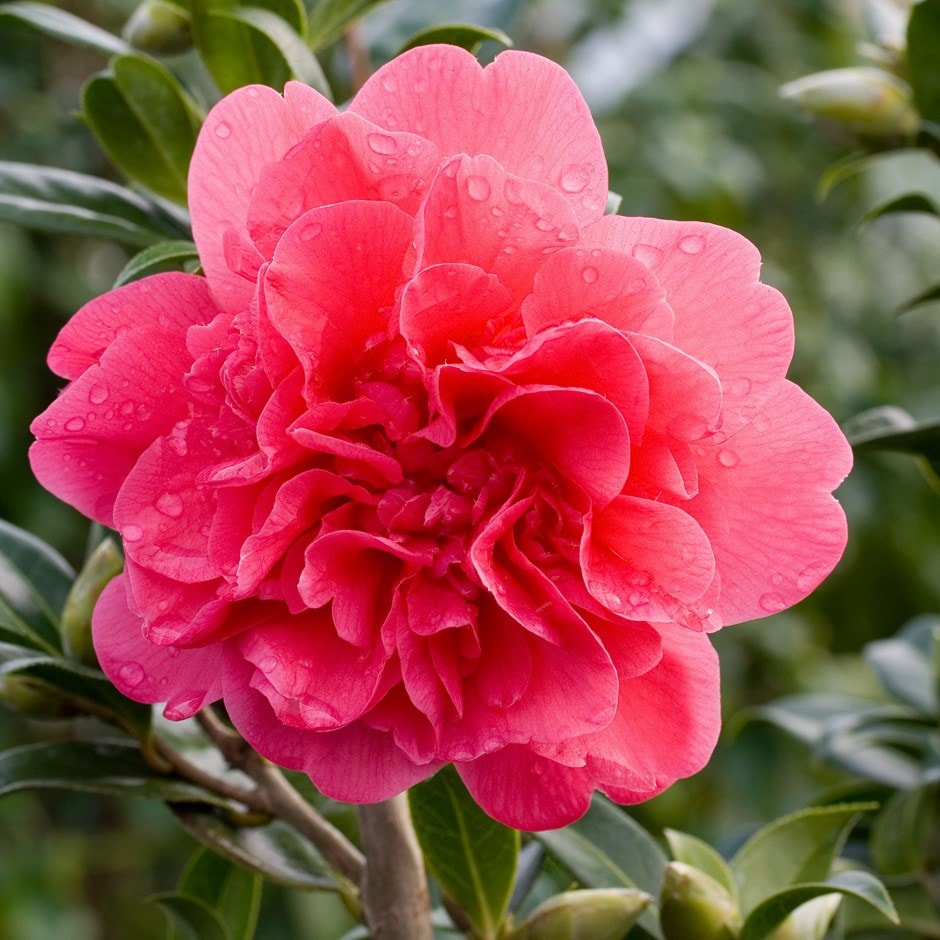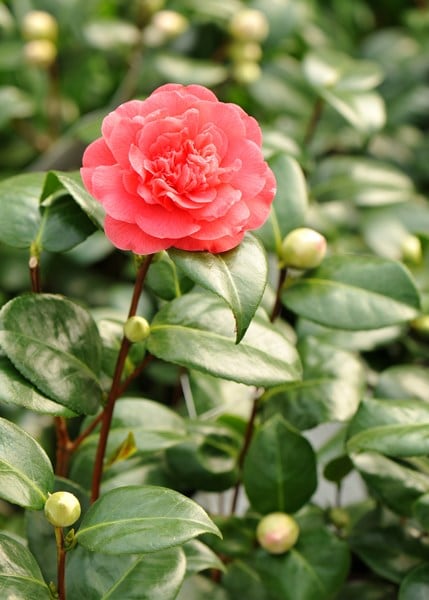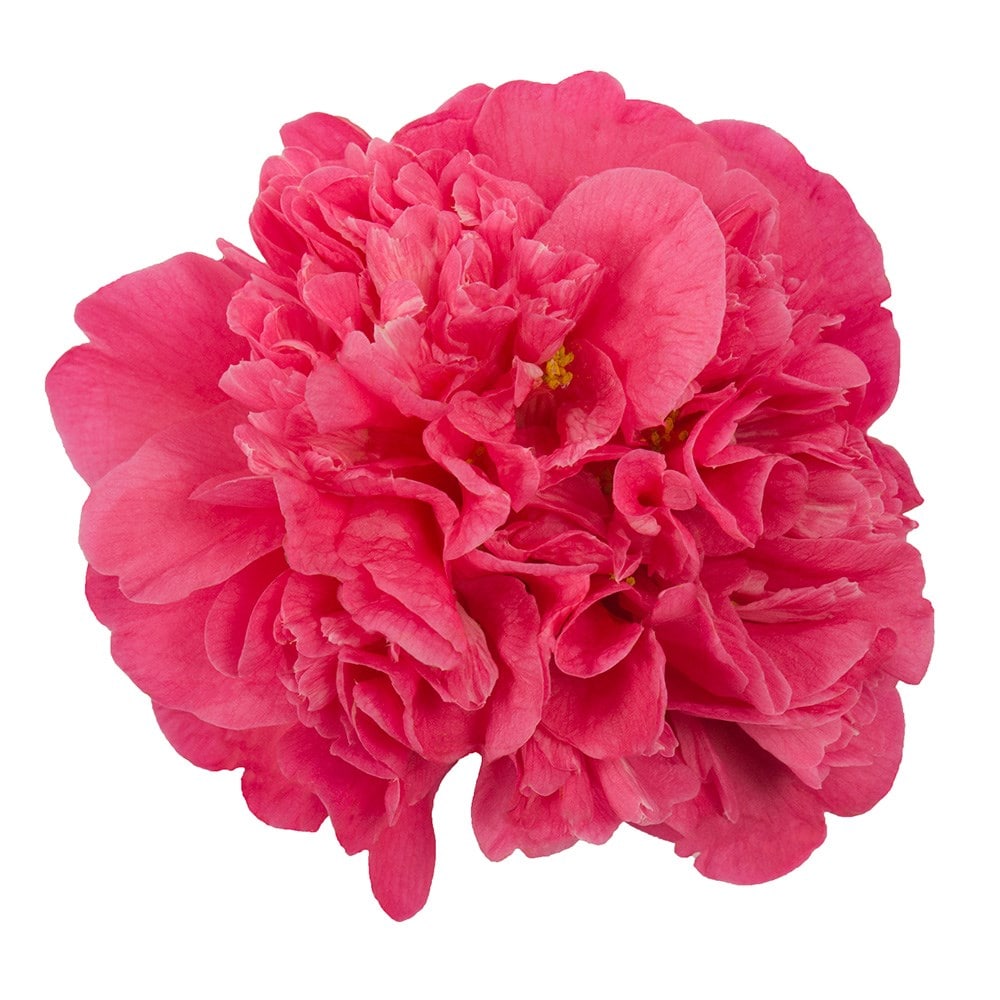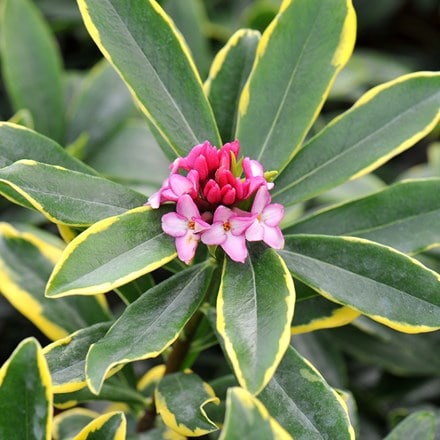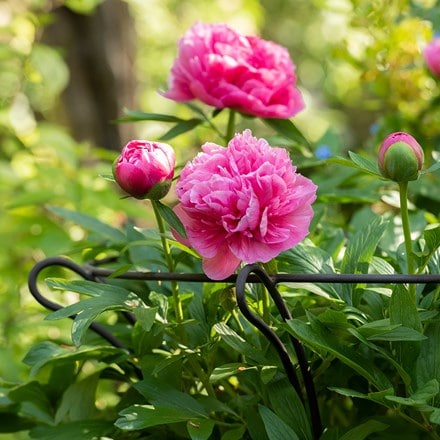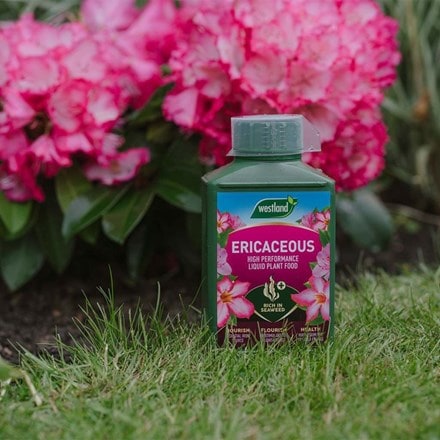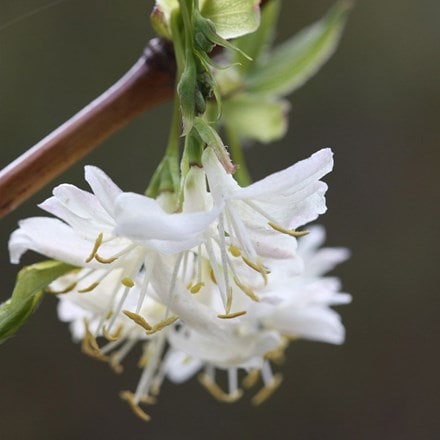Camellia × williamsii 'Anticipation'
camellia
An extremely hardy camellia that produces large, ruffled, peony-form, crimson flowers in late winter and early spring. This...
GOES WELL WITH
Japanese
Make the most of over 3000 years of gardening tradition by creating an oriental-style garden. Originally designed as a place for intellectual contemplation and meditation, they are an ideal sanctuary from the pressures of modern living. Japanese gardens a
Read full articleBud blast

Dried up buds fail to open then turn hard and brown. They are covered lots of tiny black bristly growths, which are full of spores. The plant is healthy in all other respects. The plants most commonly affected include rhododendrons, azaleas and camellias.
Read full articleBud drop

Buds form, sometimes to their full size and then drop off with no apparent reason. A period of dry weather while the buds are forming usually causes this. Camellia and rhododendrons are more susceptible and a few days of drought at the end of the summer c
Read full articleApril pruning of trees, shrubs and
climbers
Many shrubs, trees and climbers are showing signs of growth, so it is an ideal time to check them over for winter damage. If you feel they need a little care and attention, here are a few notes to use as a pruning guide. during April.
Read full articleCamellias (the winter-flowering sasanquas)
Most camellias need acid soil to do well. However the sasanquas, which flower between November and February, will tolerate good garden soil. They are found naturally in Southern Japan and have been grown in Japanese gardens for centuries as ornamentals an
Read full article


